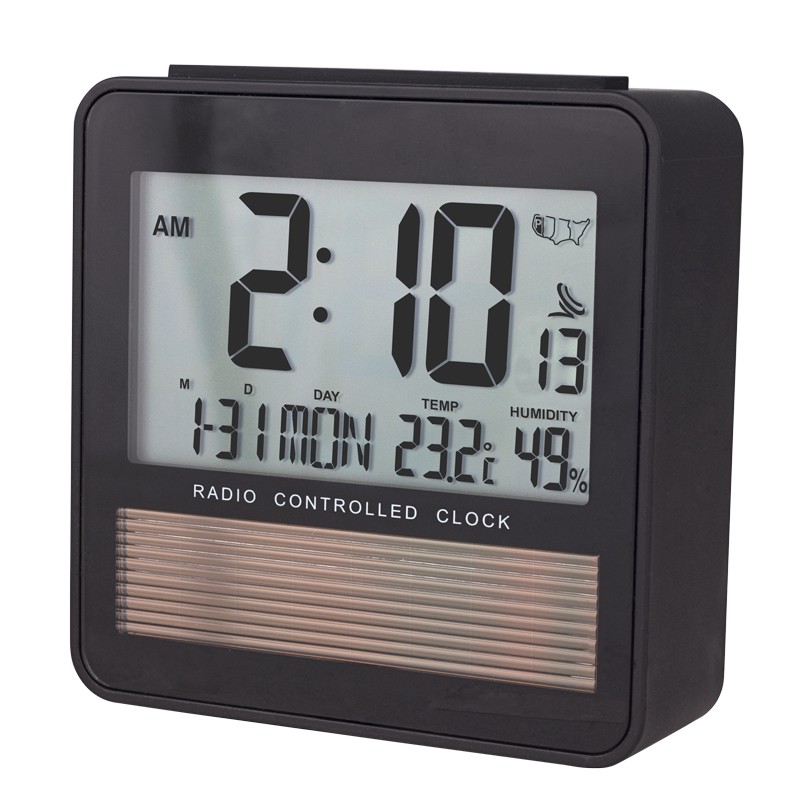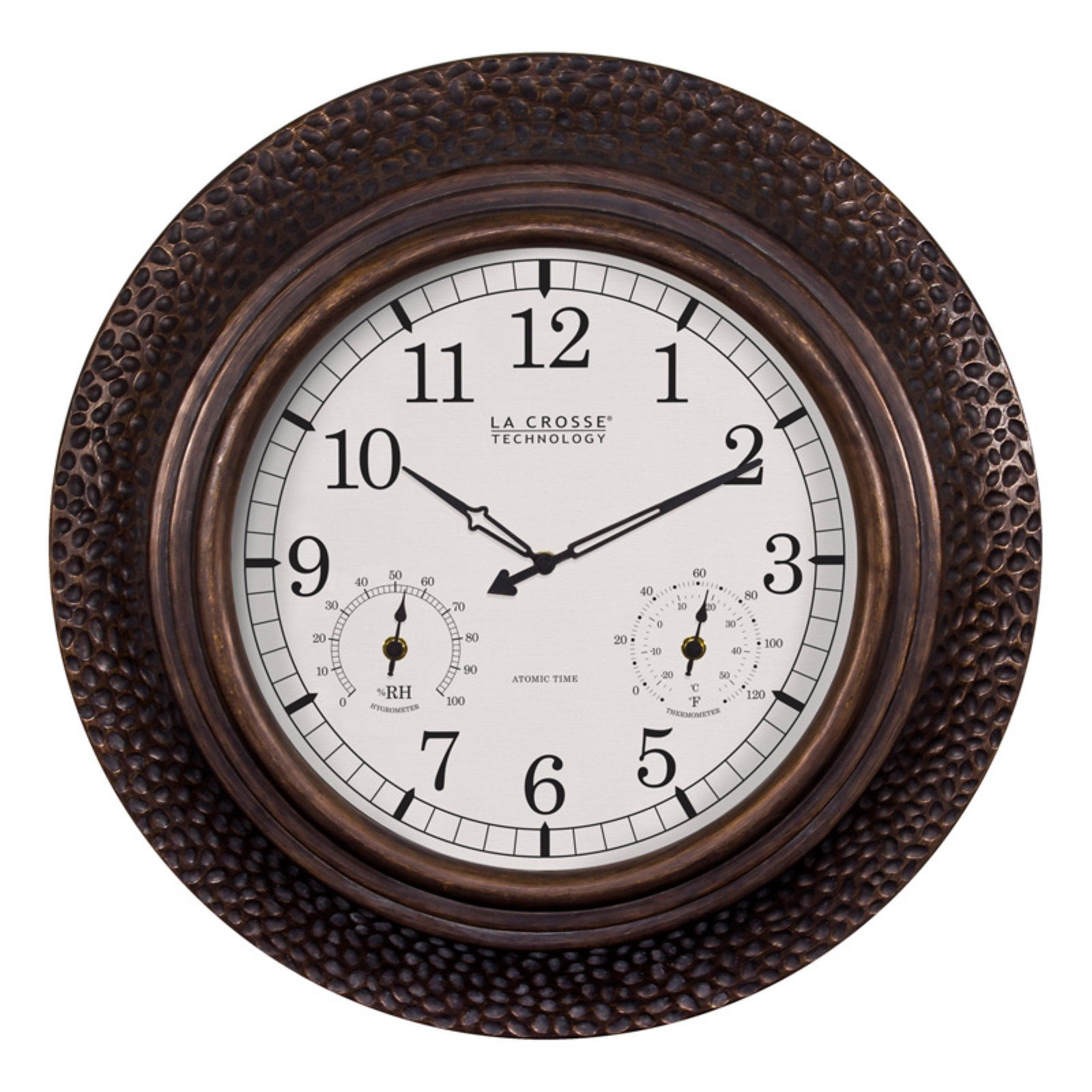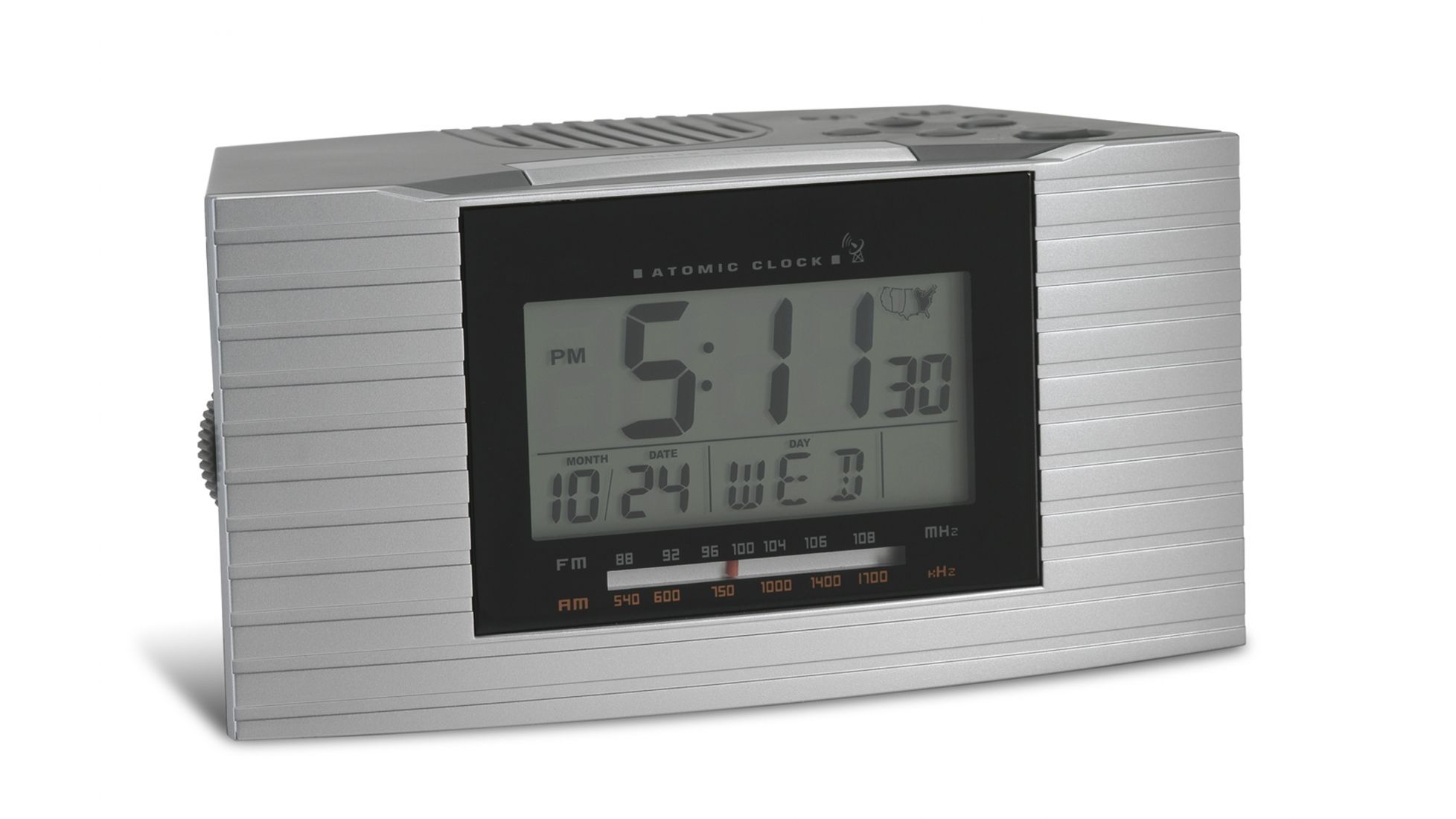

The central reason is that the typical energy range of nuclear transitions (keV to MeV) is orders of magnitude above the maximum energy which is accessible with significant intensity by today's narrow-bandwidth laser technology (a few eV). Until today no direct nuclear laser excitation has been achieved. Both types of solid-state nuclear clocks were shown to offer the potential for comparable performance.įrom the principle of operation of a nuclear optical clock it is evident, that direct laser excitation of a nuclear state is a central requirement for the development of a nuclear clock. It was also proposed to irradiate a metallic 229Th surface and to probe the isomer’s excitation in the internal conversion channel, which is known as the internal-conversion nuclear clock. Due to the high density of embedded nuclei of up to 10 18 per cm 3, this concept would allow to irradiate a huge amount of nuclei in parallel, thereby drastically increasing the achievable signal-to-noise ratio, however, on the cost of potentially higher external perturbations.

This concept is known as the crystal-lattice nuclear clock. A multiple-ion nuclear clock could have a significant advantage over the single-ion nuclear clock in terms of stability performance.Īs the nucleus is largely unaffected by the atomic shell, it is also intriguing to embed many nuclei into a crystal lattice environment.


Such clocks are expected to achieve the highest time accuracy, as the ions are to a large extent isolated from its environment. Two different concepts for nuclear optical clocks have been discussed in the literature: trap-based nuclear clocks and solid-state nuclear clocks.įor a trap-based nuclear clock either a single 229Th ion is trapped in a Paul trap, known as the single-ion nuclear clock, or a chain of multiple ions is trapped, considered as the multiple-ion nuclear clock. Due to this conceptual advantage, a nuclear optical clock is expected to achieve a time accuracy approaching 10 −19, a ten-fold improvement over atomic-shell based clocks. Such external perturbations are the limiting factor for the achieved accuracies of atomic-shell based clocks. The expected advantage of a nuclear clock compared to an atomic clock is that, figuratively speaking, the atomic nucleus is smaller than the atomic shell by up to five orders of magnitude and therefore (due to small magnetic dipole and electric quadrupole moments) significantly less affected by external influences like, e.g., electric and magnetic fields. The achieved accuracies of these clocks vary around 10 −18, corresponding to about 1 second of inaccuracy in 30 billion years, significantly longer than the age of the universe.įor a nuclear optical clock the principle of operation remains unchanged, however, with the important difference that a nuclear transition instead of an atomic shell transition is used for laser stabilization. Other examples for optical atomic clocks of the highest accuracy are the ytterbium(Yb)-171 single-ion clock, the strontium(Sr)-87 optical lattice clock and the aluminum(Al)-27 single-ion clock. In this case, one second has elapsed after exactly 518 295 836 590 864 oscillations of the laser light stabilized to the corresponding transition. One prominent example for an optical atomic clock is the ytterbium (Yb) lattice clock, where a particular transition in the ytterbium-171 isotope is used for laser stabilization. Such a device is known as optical atomic clock. This allows time to be measured simply by counting the number of oscillations of the laser light, that has been stabilized to a particular atomic transition. It is technologically possible to measure the frequency of laser light to extraordinary high accuracy by counting the oscillations of the light wave with the help of a frequency comb. In case of successful stabilization to an atomic transition, the frequency of the laser light will always be the same (independent of space and time).
#NUCLEAR TIME CLOCK VERIFICATION#
Thus, in turn, the laser frequency can be stabilized to match the corresponding atomic transition energy by continuous verification of a successful laser excitation of the atomic transition. Therefore, an atomic transition can be excited with the help of laser light, if the laser frequency is exactly matching the frequency corresponding to the energy of the atomic transition. The atomic transition energy corresponds to a particular frequency of a light wave, which is required to drive the transition. Their underlying principle of operation is based on the fact that the energy of an atomic transition (the energy difference between two atomic states) is independent of space and time. Modern optical atomic clocks are by today the most accurate time-keeping devices.


 0 kommentar(er)
0 kommentar(er)
